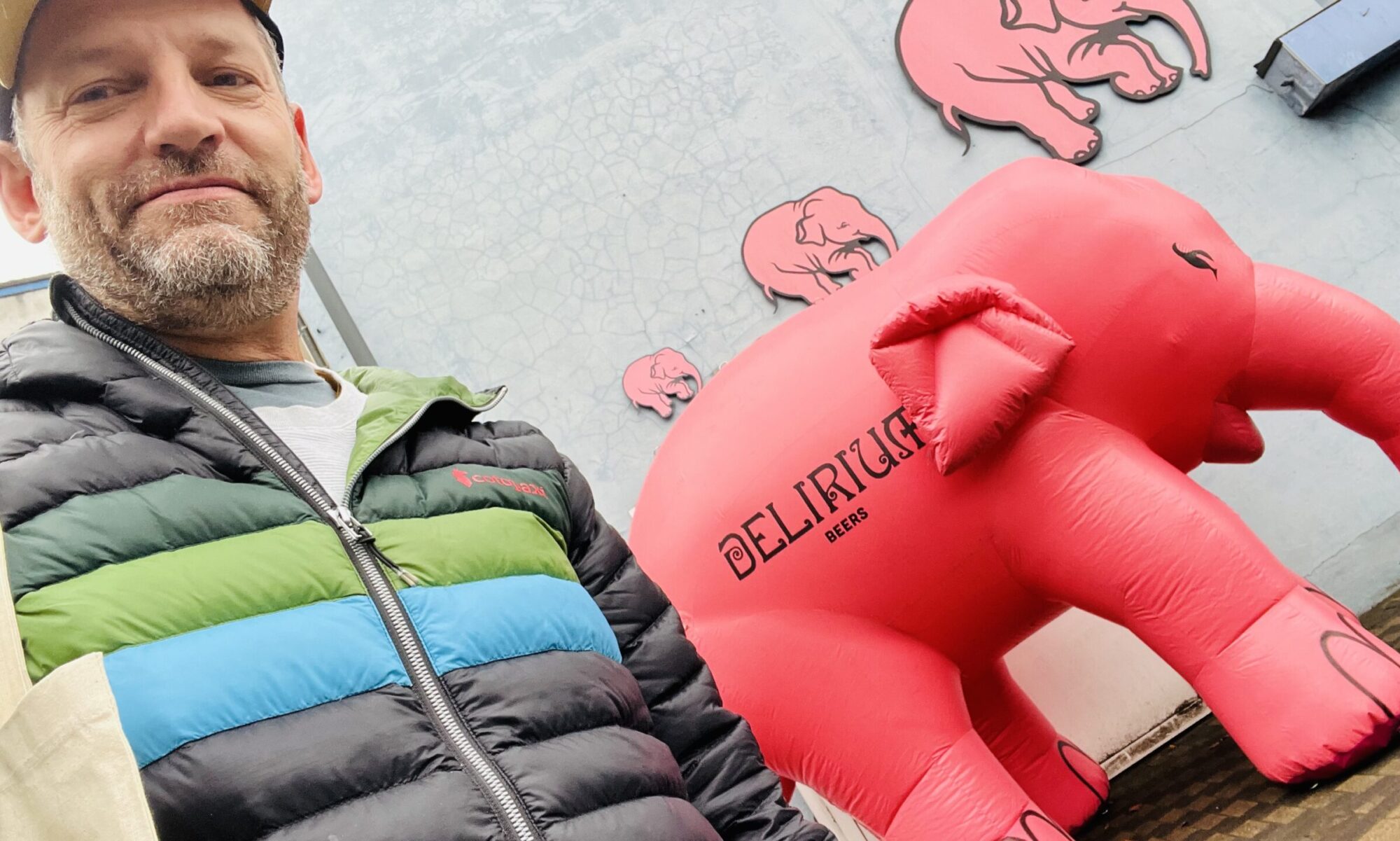When I tried my first Gose I really was… puzzled.
(If you’re not familiar, a Gose is a rather light beer, slightly sour with see salt, coriander and pretty often a fruit or another.)
I was wondering where we should draw a line between creativity and “whatever goes in”. I was stuck with the “why”…?

You might have heard about the Golden Circle from Simon Sinek. “People don’t buy what you do , they buy why you make it” and it’s so true. At that stage I was drinking a Gose (the What) and I knew roughly how it was made, (the How) but I had absolutely no idea about the Why.

A few weeks later I found the Why reading a great article about the beers from Goslar. Goslar is a small city in Germany that gave its name to the Gose. Gose were already brewed in the 17th Century. The brewers of Goslar, like all the brewers in the world were using wood barrels to store their beers.
When a barrel turns empty it doesn’t take long to welcome molds. That’s a problem you don’t see so often with wine and spirit because there’s always a fair amount of alcohol remaining in the wood that prevents the development of spoilers. But for beer you’d better refill your barrel very soon (like I was doing in Belle-Vue brewery years ago) or, like the brewers of Goslar, sprinkle salt in the barrels and roll them around. Then of course before adding the next batch of beer, the barrels would be rinsed but a bit of crusted salt would always stay in the barrel and end up in the beer.
Back then, true to barrel conditioning, beers were populated with all possible wild yeasts and lactic or acetic bacteria’s which was developing sourness. As the beers were turning sour it was common to add back some fruits to balance out the profile, just like cherries or raspberries in Belgian lambics.
(I’m not sure how they got away with this in Germany though with the German Purity Law which I’m sure doesn’t allow for salts to be added…)
The style mostly disappeared in the early 20th Century to make a come back in USA a few years ago (US champions the revival of forgotten classic styles).
I wanted to try again and bought a 6 pack of gose from Westbrook. It was so different to my first experience. Now the salt was making sense. I was suddenly in the 17th Century and I could see them sprinkling the salt in the barrels and rolling them around, wondering what kind of salt they would have used. I could see them rinsing and filling the barrels and lactic bacteria’s eating the sugar out… There was a Why and the Why tasted great.
"There was a Why and the Why tasted great "
Now I take every opportunity to try a Gose. Some of them with citrus to really stretch the sourness, others with odd fruits like beach plums from long island at Bluepoint which add local ingredients to their to this piece of history (they also use local Atlantic Long Island Salt).
I’m sure we can argue about some part of the story but why ? It’s very credible, fact based and makes a lot of sense. The rest is a bit of magic … (by the way if you want to read more about Gose go here!)
The “why” is fundamental. In time when consumers have so many choices but so little time, they need meaningful propositions. A choice that just make sense, something that is real and worth being part of that precious time. Somehow part of quality time.
Believe me, it all tastes better with a good story.





